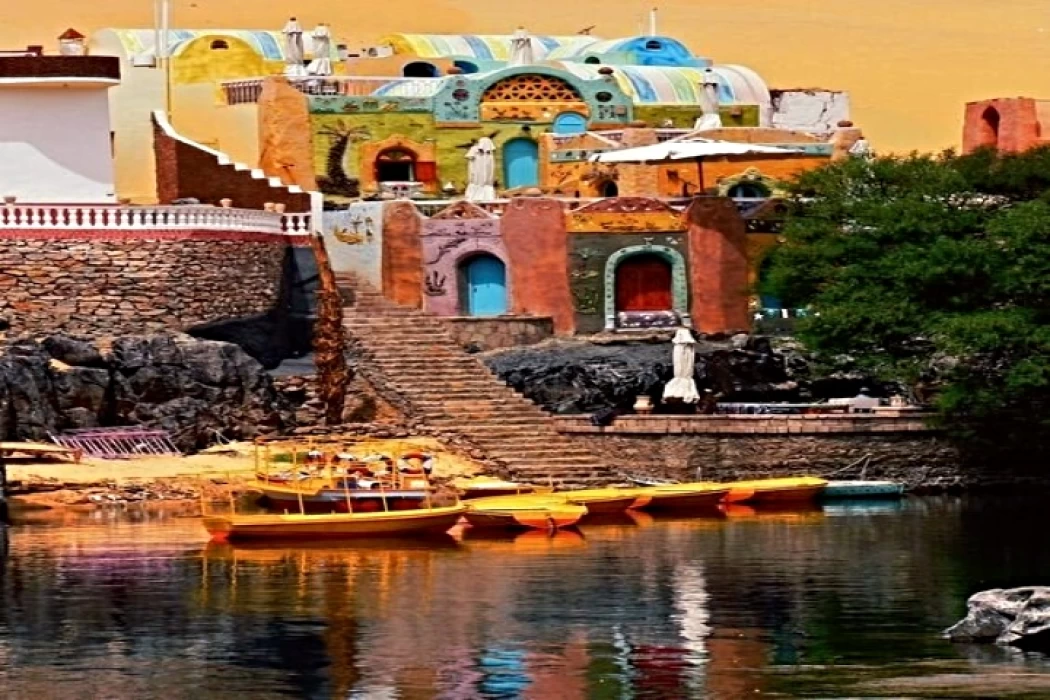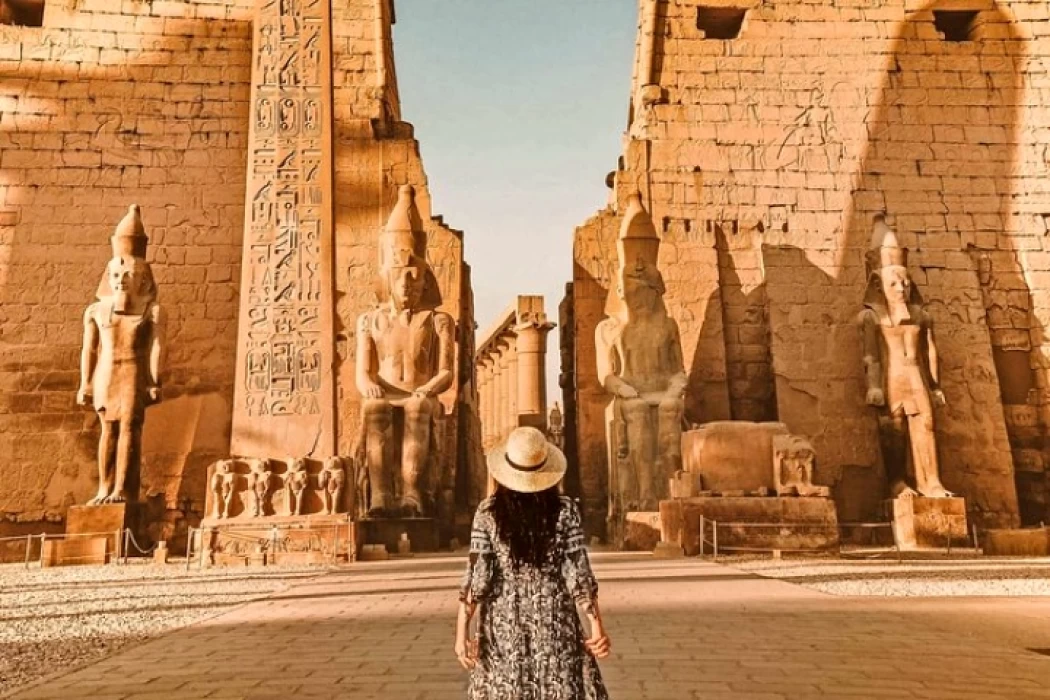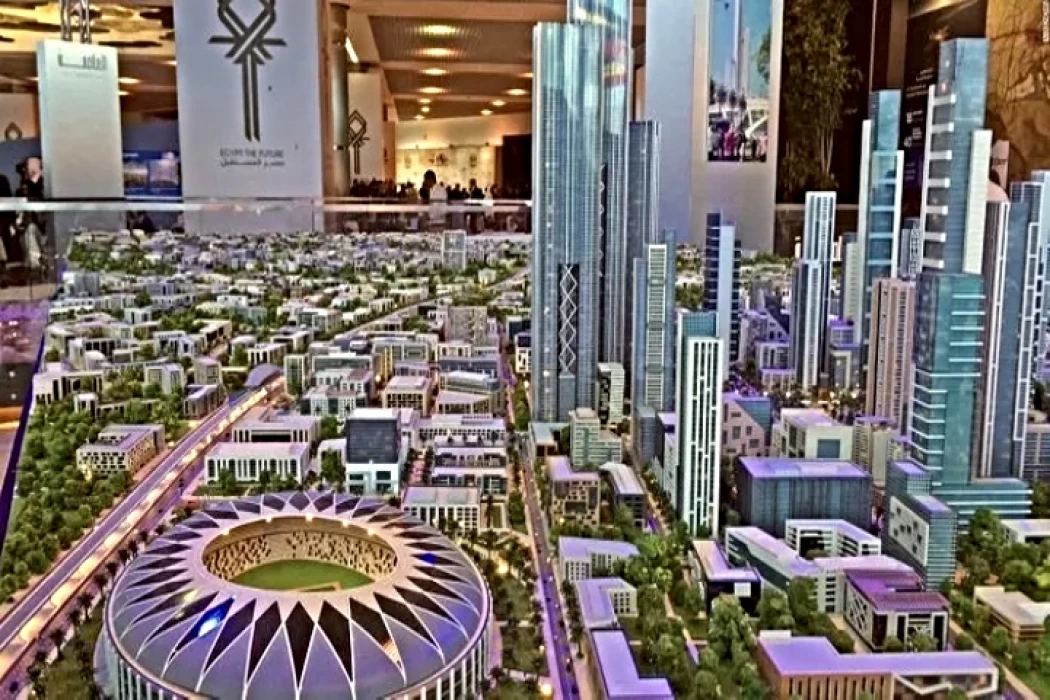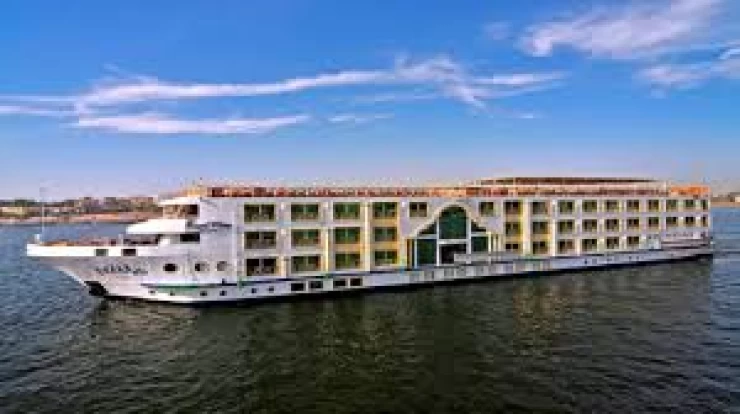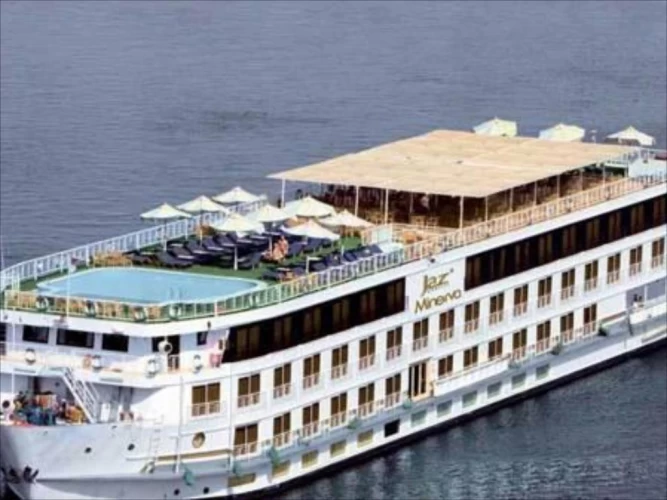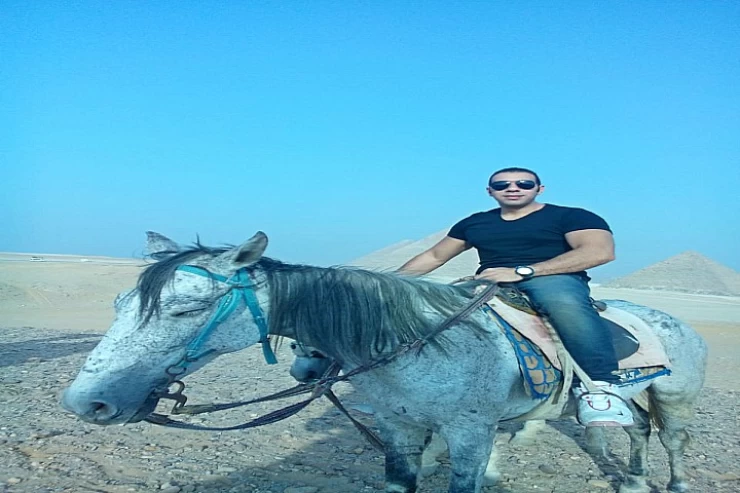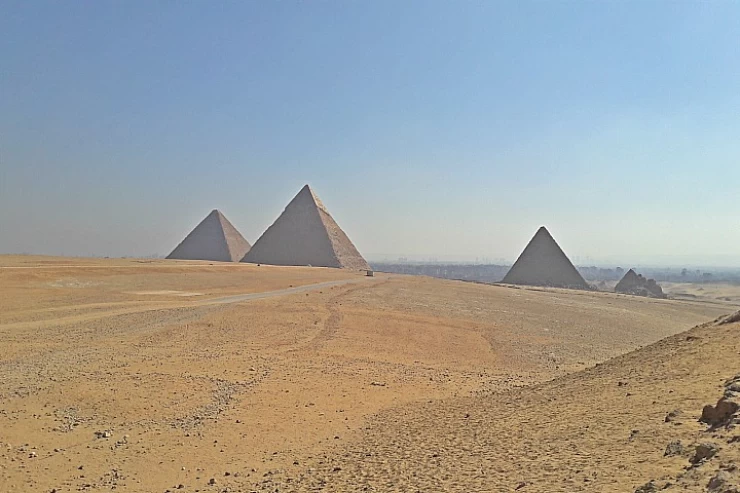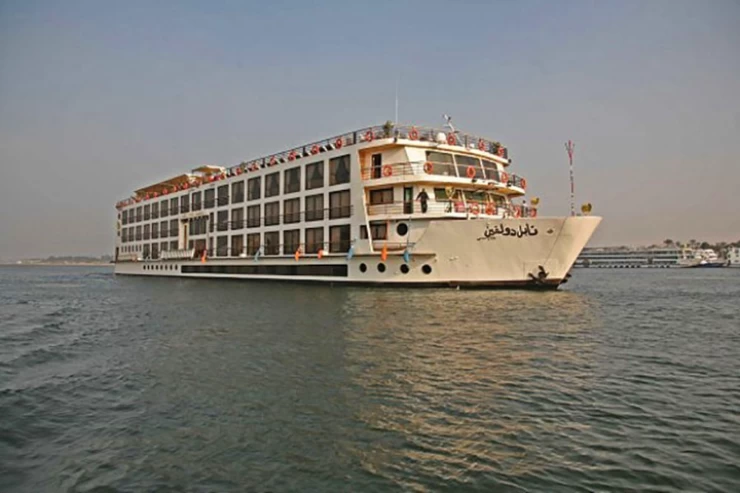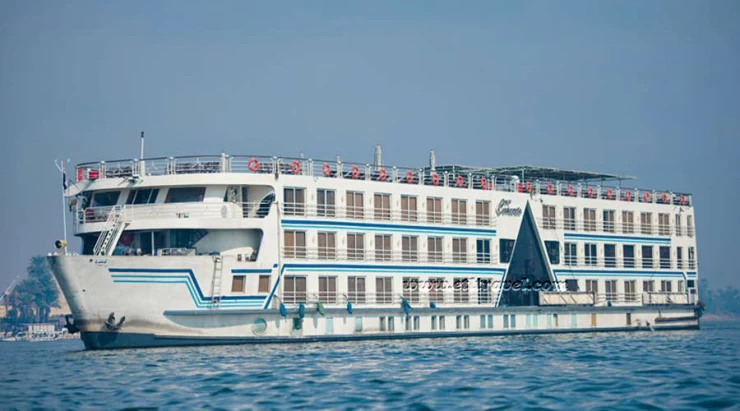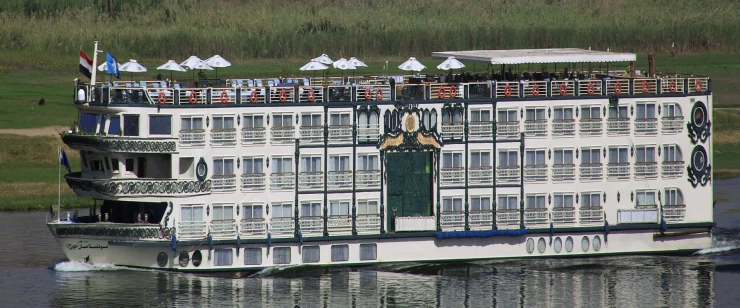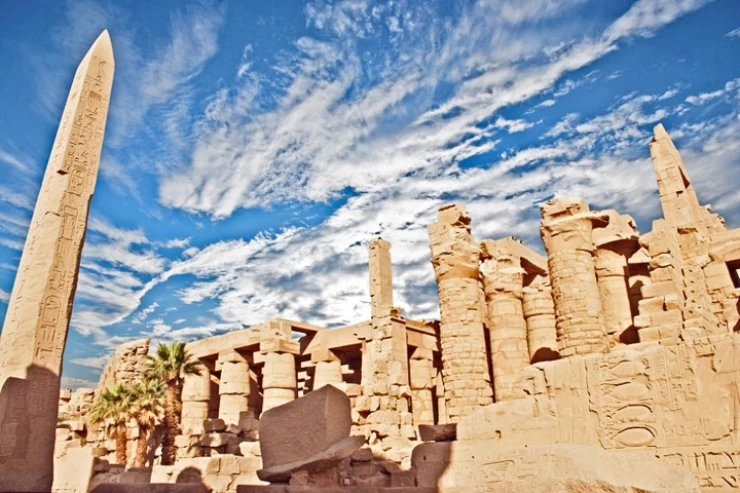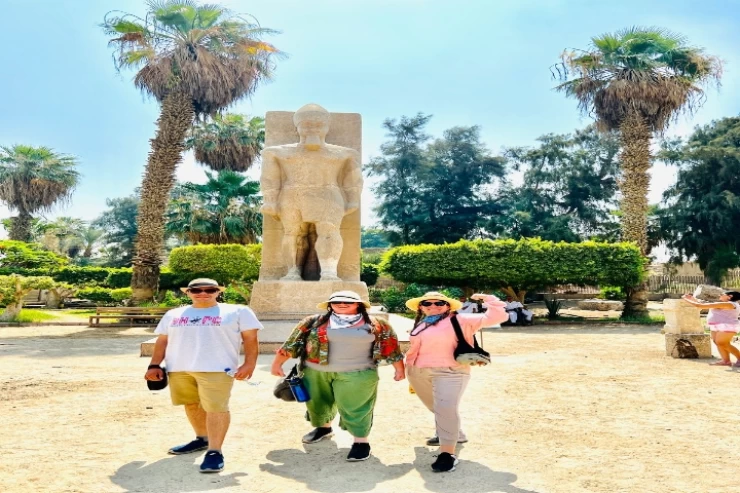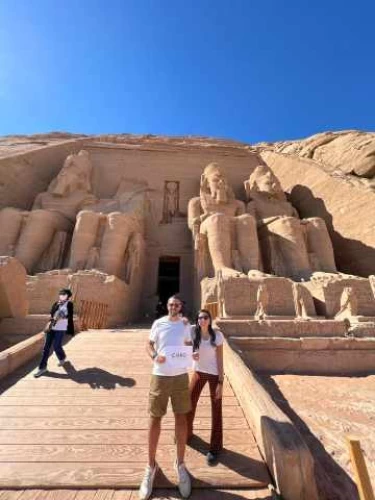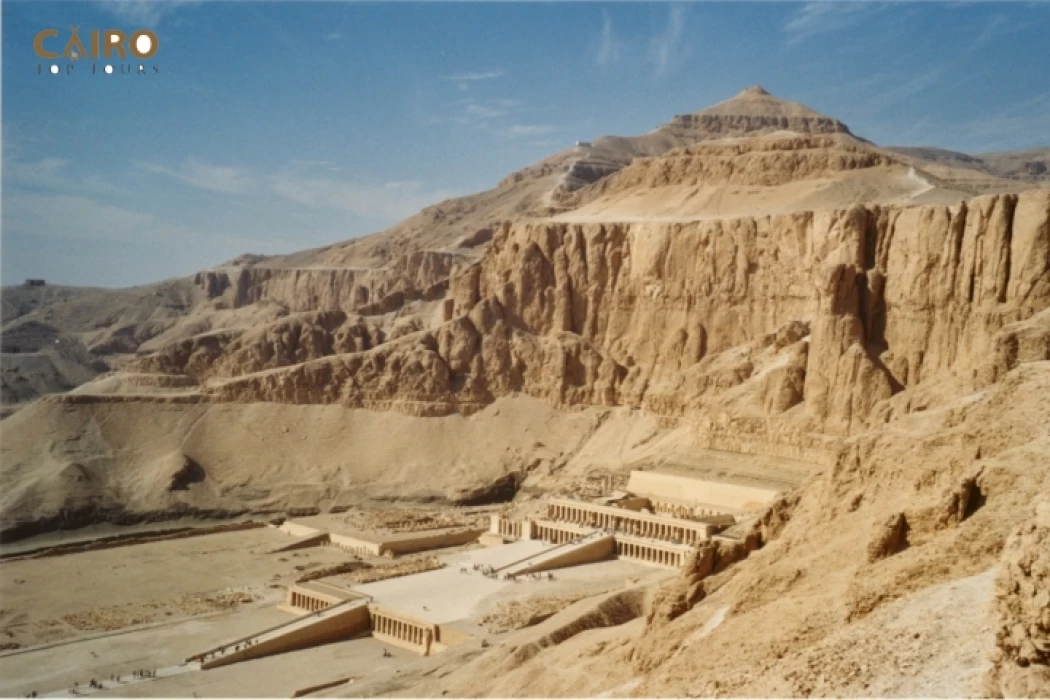
The Mortuary Temple Of Hatshepsut At Deir El-Bahri
Hatshepsut Temple
Hatshepsut Temple Situated on the west bank of Luxor, Hatshepsut Temple is one of the most extraordinary temples in the region, directly across the Nile from Karnak Temple. Known as El Deir El Bahi, this temple highlights a significant period in history. It was constructed to honor the accomplishments of Queen Hatshepsut (circa 1478/72-1458 B.C.E.). Serving as both a funerary temple and a sanctuary for Amun Ra, the temple features the narrative of the divine birth.
The design of the Hatshepsut temple, known as Djeser-djeseru or "the Holy of Holies," was executed by Senenmut, the chief steward of Amun. The enduring influence of Queen Hatshepsut is evident in her creation of two obelisks and the construction of a road dedicated to Amun, the king of the gods.
Her statue exhibits masculine characteristics, including a traditional beard, shendyt kilt, and head cloth, symbolizing her authority. Visitors can explore this magnificent temple of the powerful pharaoh queen through Egypt Classic Tours, allowing them to appreciate one of the most stunning examples of Egyptian civilization.
The temple's location on the west bank, near the Valley of Kings where royal tombs are found, was strategically chosen to solidify her status among the kings. King Thutmose III and Hatshepsut Temple Hatshepsut, the elder daughter of King Thutmose I, took on the role of regent during the 19th dynasty following the death of her husband, King Tuthmosis II. King Thutmose III, the son of her husband, had a detrimental impact on the temple. He initiated the destruction of the temple by vandalizing her statues and defacing her images. Various theories have been proposed regarding the motivations behind his actions. Some scholars suggest that he sought to prevent any disruption to the lineage and rule established by Tuthmosis I and II. Others believe he aimed for a seamless succession for his own son. Through our specialized Nile cruise tours, one can witness the remnants of the temple and the extensive restoration efforts undertaken throughout the ages.
The temple is constructed using the same material as the natural mountainous surroundings. It is adorned with a central ramp leading to the cliff through multiple terraces, with the lower terraces being lush with trees. Explore the temple of Hatshepsut with Egypt luxury tours and a knowledgeable tour guide to uncover all the secrets of the temple. Hatshepsut's temple consists of three storeys and is home to numerous statues made entirely of limestone, depicting various deities such as Osiris and Queen Hatshepsut. The two mihrabs are prominent features of the temple and are the largest of their kind. A granite door is situated in front of the wall opposite the mihrab entrance.
Latest Articles
Admin
Aswan Governerate in Egypt
One of Egypt's southern governorates is Aswan Governorate. The city of Aswan serves as its capital. At a latitude of 22 north of the equator (also known as the Tropic of Cancer), it is bounded to the north by the Qena Governorate, to the east by the Red Sea Governorate, to the west by the New Valley Governorate, and to the south by the Republic of Sudan.
Admin
Luxor Governorate Egypt
The capital of the Arab Republic of Egypt is Luxor City, which was once known as "Thebes City" because it served as Egypt's capital during the Pharaonic era. It is situated in the South Upper Egypt region, approximately 670 kilometers from the capital Cairo from the south. It is bordered on the north by Qena Governorate, on the south by Aswan Governorate, on the east by Red Sea Governorate, and on the west by New Valley Governorate.
Admin
History of kafr El Sheikh Governorate
Kafr El Sheikh Governorate is an Egyptian governorate, located in the northernmost part of Egypt in the Nile Delta, with Kafr El Sheikh as its capital. It had a population of 3,172,753 in 2015 and an area of 3,748 km². Its entire area is located north of the delta and overlooks the Mediterranean Sea. The main economic activity of the residents of the governorate is agriculture and fishing, especially the southern lands of the governorate and the lands overlooking the Nile River - Rosetta Branch.
Admin
Egypt's New Administrative Capital
The New Administrative Capital is located between the Cairo-Suez and Cairo-Ain Sokhna roads, 60 km from Cairo and the same distance from Ain Sokhna and Suez. The New Administrative Capital is located on the border of Badr City, in the area between the Cairo-Suez and Cairo-Ain Sokhna roads, just after New Cairo, Mostakbal City and Madinaty.
Admin
Al Gharbia Governorate
Gharbia Governorate is one of the governorates full of archaeological sites, whether they are places or facilities (mosques, churches), as the governorate is a destination for visitors to these places throughout the year, whether they are Egyptians from the different governorates.
Admin
Hamata Islands (Qulaan Archipelago) in Marsa Alam
The Hamata area, south of Marsa Alam in the Red Sea, is one of the most important parts of the Wadi El Gemal Reserve, whether in the desert or the sea. It was named after the sorrel plant, which was distorted to Hamata.
